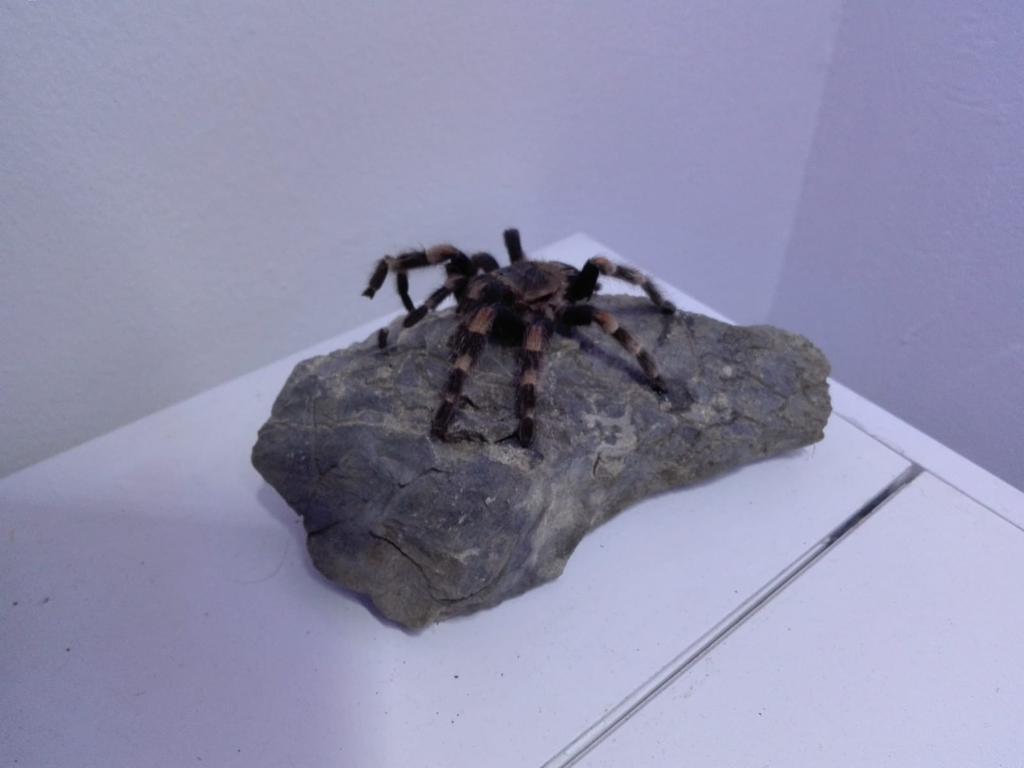Scp682
Arachnoknight
- Joined
- Oct 13, 2020
- Messages
- 227
I just want to add after reading some of the other posts that I do sift and sort through everything to make sure there's no larger bugs that might eat/out compete with the isopods. I'd also like to add that they're not overly predated upon because they're not appetizing I forget why I had something like they taste bad because they're crustaceans.For non natives i just buy a bag of leaves at the reptile expos. For native ones i just grab leaf litter, humus, leaves, sticks, bark whatever and throw in together in an enclosure. It depends on the species the moisture lovers (I've only found ligidium in leaf packs in wetlands) i add more decaying stuff and keep it moister. The dryer forest species (porecellio, armadillidium) get more wood and i keep them damp. I don't sterilize organic material because there's plenty of little mites and native springtails that fungi overgrowth is not an issue. It inevitably grows, so why would I sterilize and kill the cleanup crew? Again i only collect stuff in the vicinity of the isopods so it's all good together. The way I see it it's all nature so the more natural I can keep it the more it will work as intended. This is just my experience but it's worked for me.



